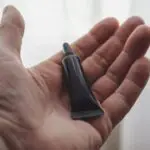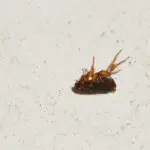How Safe Are Flea and Tick Collars For Dogs?
When buying a flea and tick collar for your dog, be sure to choose one that is made from a proven ingredient. Pyriproxifen is a chemical that targets flea larvae and eggs. The chemical breaks down the nervous system of the flea, killing them. However, the chemical may be dangerous to humans. As such, it is important to wash the collar thoroughly after use and to avoid having children or pets near your dog while wearing it.
Flea and tick collars contain a pesticide that releases slowly over the coat and skin of your dog. The main ingredients used in flea and tick collars are imidacloprid and flumethrin, which are proven to disorient and kill pests. Deltamethrin, which is extracted from the chrysanthemum flower, is also effective in killing fleas and ticks. Propoxur, a chemical found in some household cleaners, is toxic to both fish and insects.
Although flea and tick collars are generally considered safe by veterinarians, they do have certain limitations. For example, they are likely to overmedicate your dog and may cause side effects. If your pet develops a rash or other adverse reaction, you should remove the collar immediately and call your veterinarian. Your veterinarian will be able to recommend other options that are safe and effective.
Toxic ingredients in flea and tick collars are one of the reasons why these products are not entirely safe for your dog. Some of these chemicals can be toxic if they are eaten, and some can cause neurological impairment. Additionally, some of these products may leave residue on your dog’s coat for weeks. This residue can cause poisoning if the pet licks it or inhales the chemicals.








